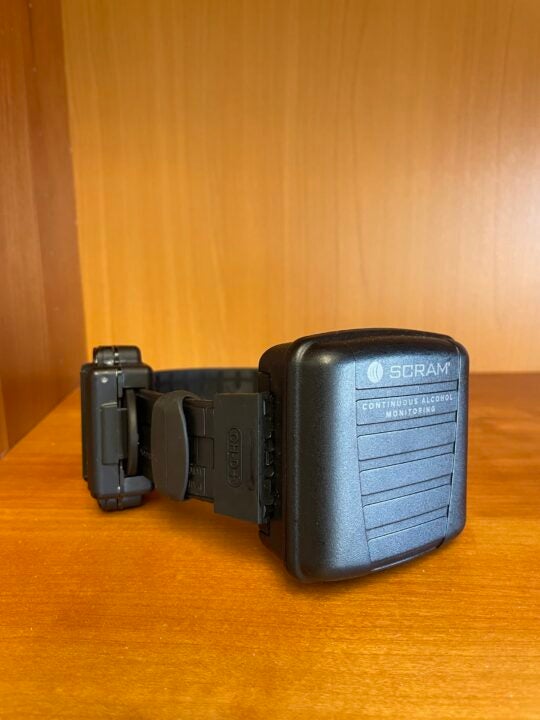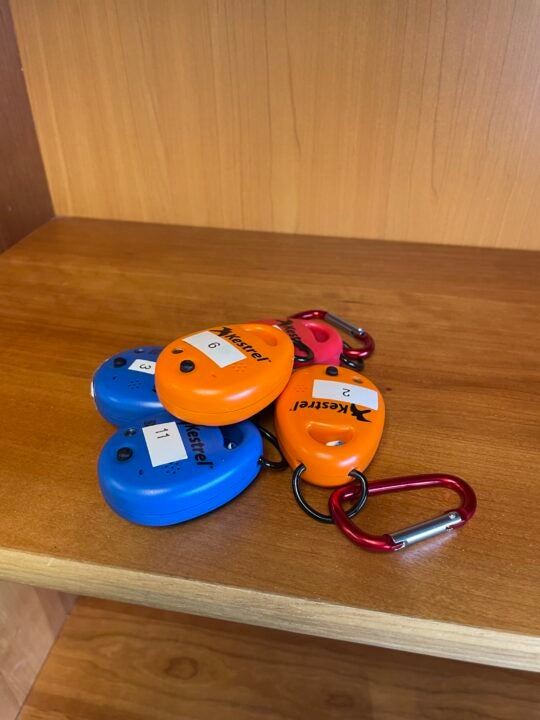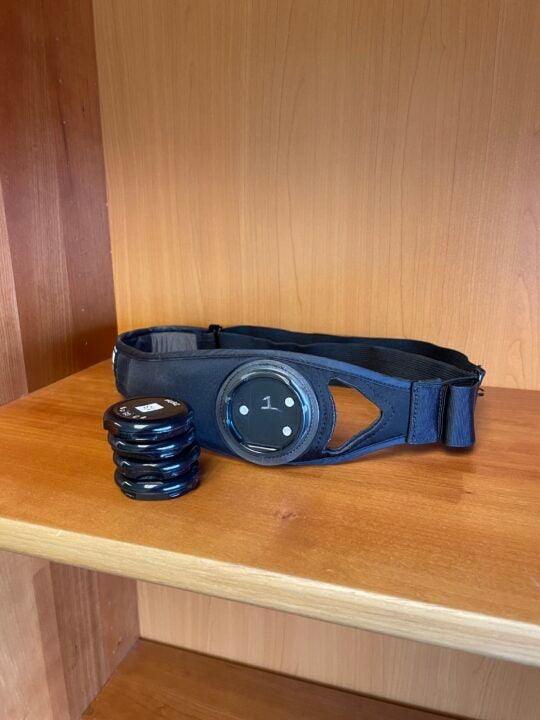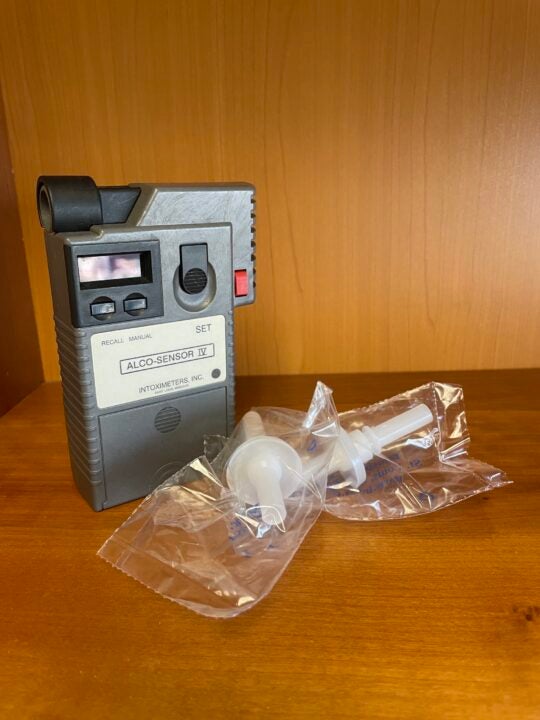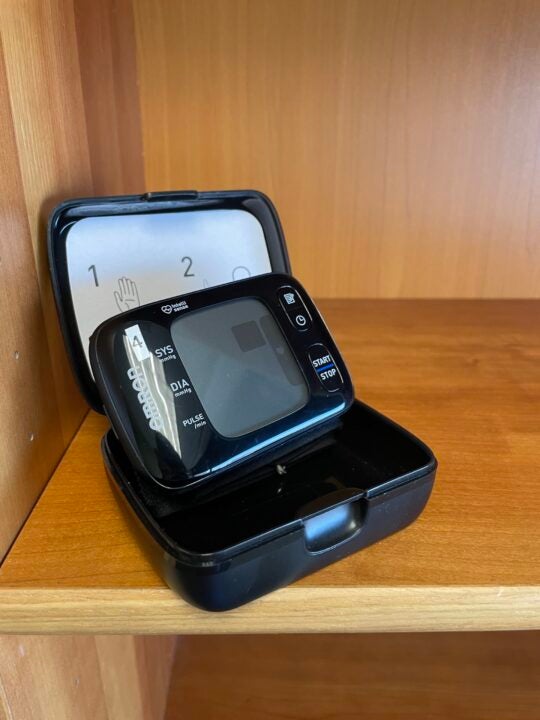Over the past decade, in collaboration with Co-PI Gary Rosen, Ph.D., USC professor of mathematics and head of the Modeling and Simulation Laboratory (MSL), our research team has conducted research to establish real-time data collection protocols that obtain objective measures of alcohol levels in the body via breath analyzer and transdermal alcohol sensors to produce meaningful quantitative measures of alcohol consumption in naturalistic settings. This work combines the collection of highly detailed alcohol consumption data with sophisticated mathematical modeling of these data to produce an enhanced BrAC Estimator software data assimilation program that will make it possible for researchers, clinicians, and the lay public to use transdermal alcohol sensor devices to obtain quantitative BrAC/BAC measurements.
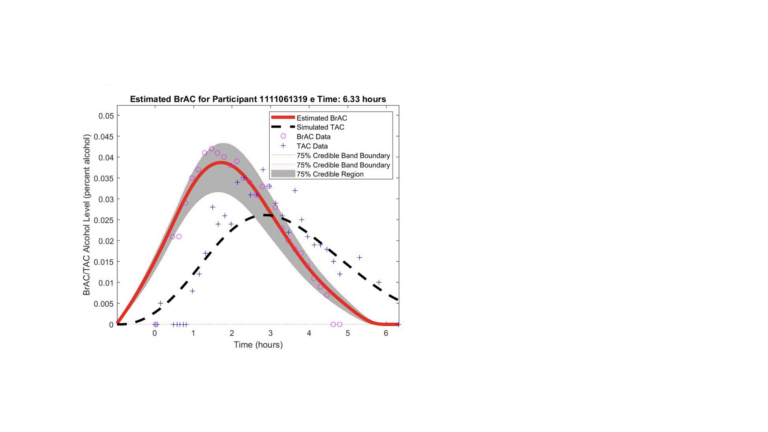
Current R01 Research
Our current R01 Research Project Grant “Estimating BrAC/BAC from Transdermal Alcohol: Combining First-Principles Physiological Models with Machine Learning to Create Software to Optimally Process and Quantitatively Interpret Biosensor Data” funded by the National Institute on Alcohol Abuse and Alcoholism (R01 AA026368, MPIs Luczak, Rosen) now advances the deterministic models we created earlier to include population-based models and machine learning techniques and provides credible bands around our estimates of BrAC (as shown in this figure).
This collaborative research effort includes Co-Is and USC math professors Chunming Wang, Ph.D., Larry Goldstein, Ph.D., and Jay Bartroff, Ph.D., and PA Georgia Wong and (previously) Emily Saldich along with Melike Sirlanci, Ph.D., Bob Swift, M.D., Ph.D., Nancy Barnett, Ph.D., Sean O’Connor, M.D., Tamara L. Wall, Ph.D., and Catharine Fairbairn, Ph.D., among many other graduate and undergraduate students who have devoted their dissertations, master’s theses, honor theses, and laboratory time to this research program.
This research has been supported by NIAAA (R01 AA026368, MPIs Luczak, Rosen; R21 AA017711, PI Luczak; R21AA020493, PI Barnett; R01AA025969, PI Fairbairn; N01AA033002, PI Swift; R44AA014118, PI Tempelman), the Alcoholic Beverage Medical Research Foundation (PI Luczak), and USC internal support (SURF, SOAR, PURF, WiSE, and Provost Awards to undergraduate students supervised by Luczak, Rosen, and Wang).
Equipment
Various equipment used in our current R01 Research Project.
SCRAM Continuous Alcohol Monitoring Device
Collects transdermal alcohol concentration via skin.
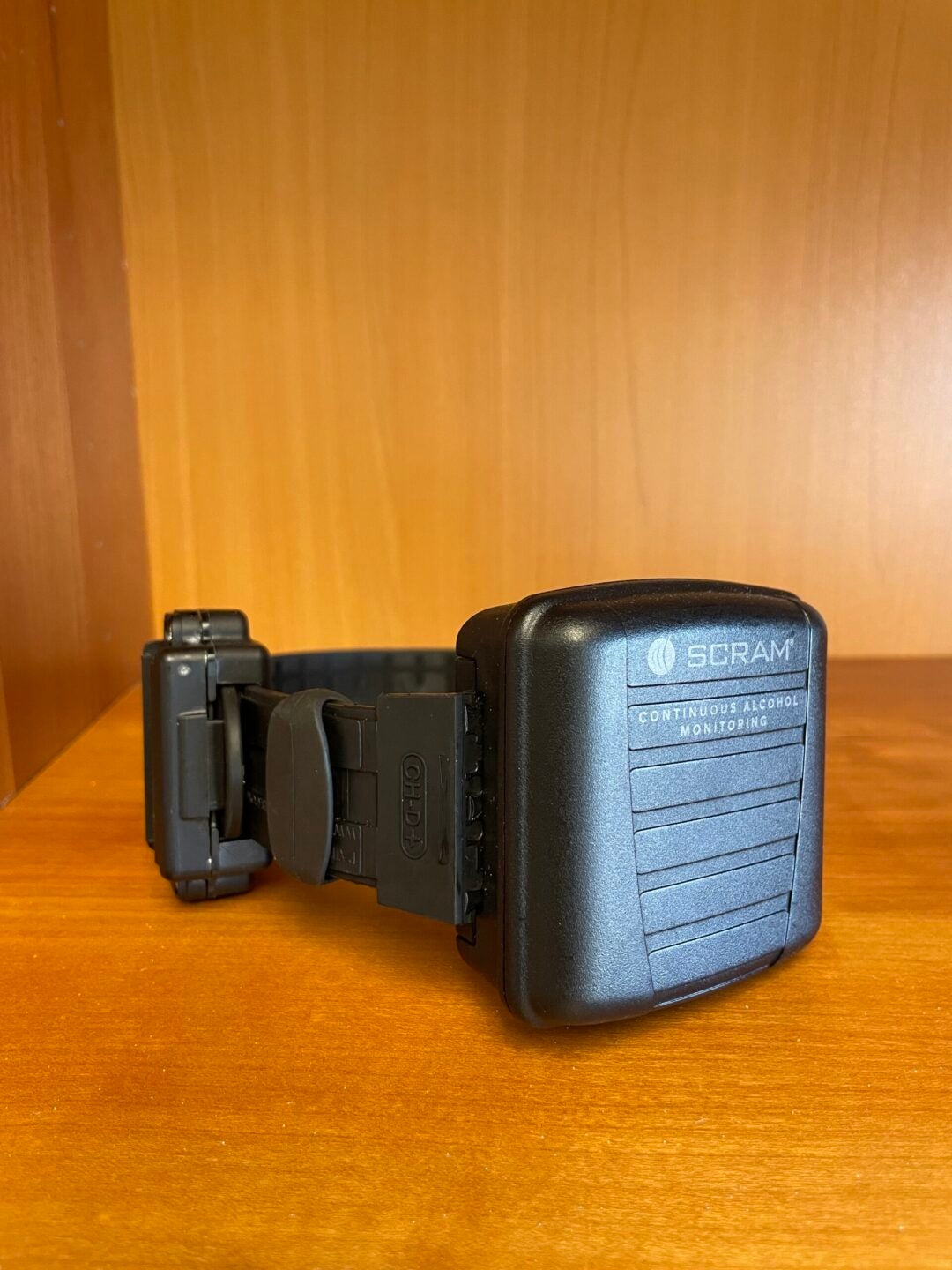
Kestrel Weather Tracking Device
Monitors and records temperature and humidity.
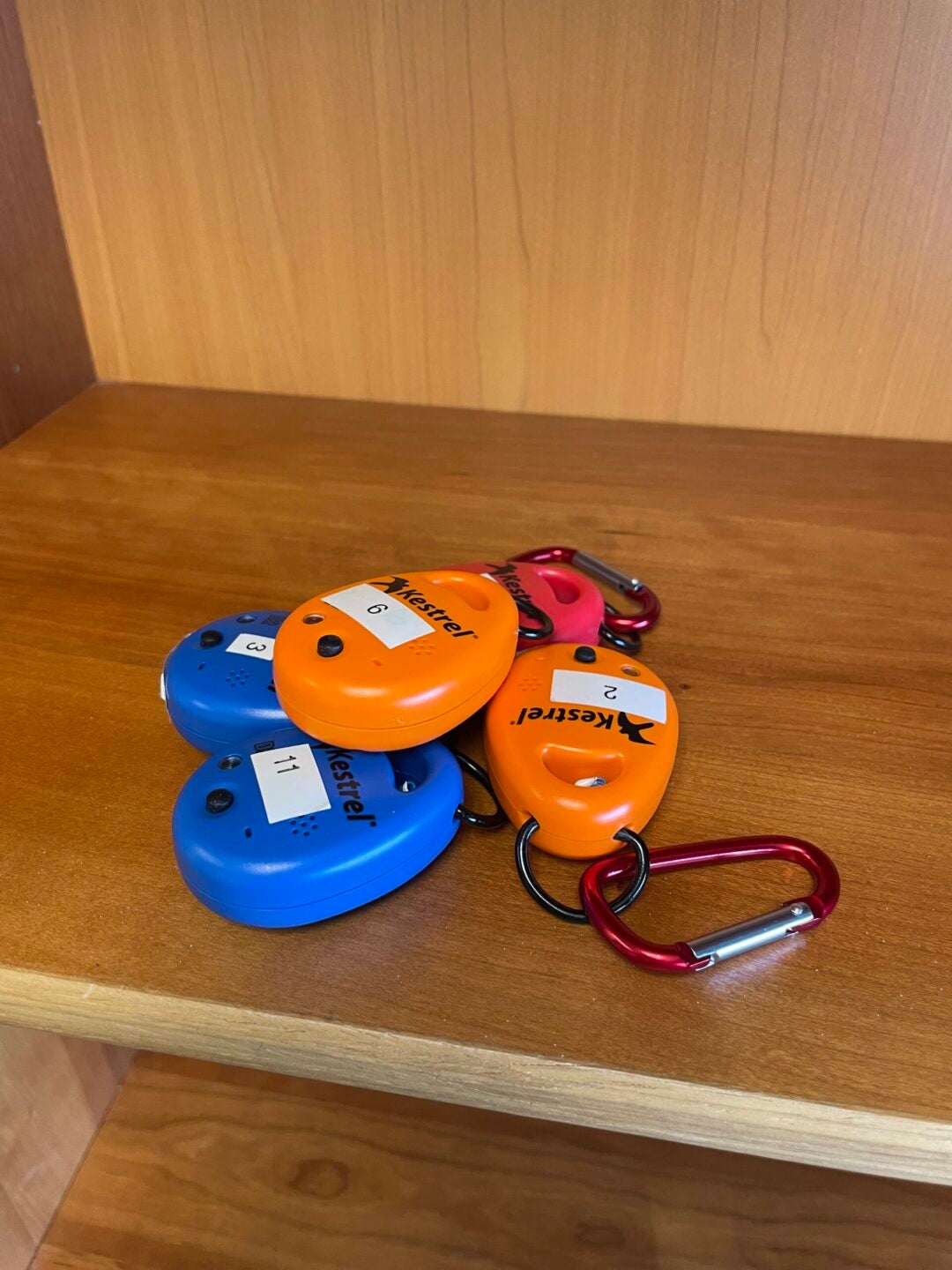
Zephyr Heart Monitor Device
Records heart rate
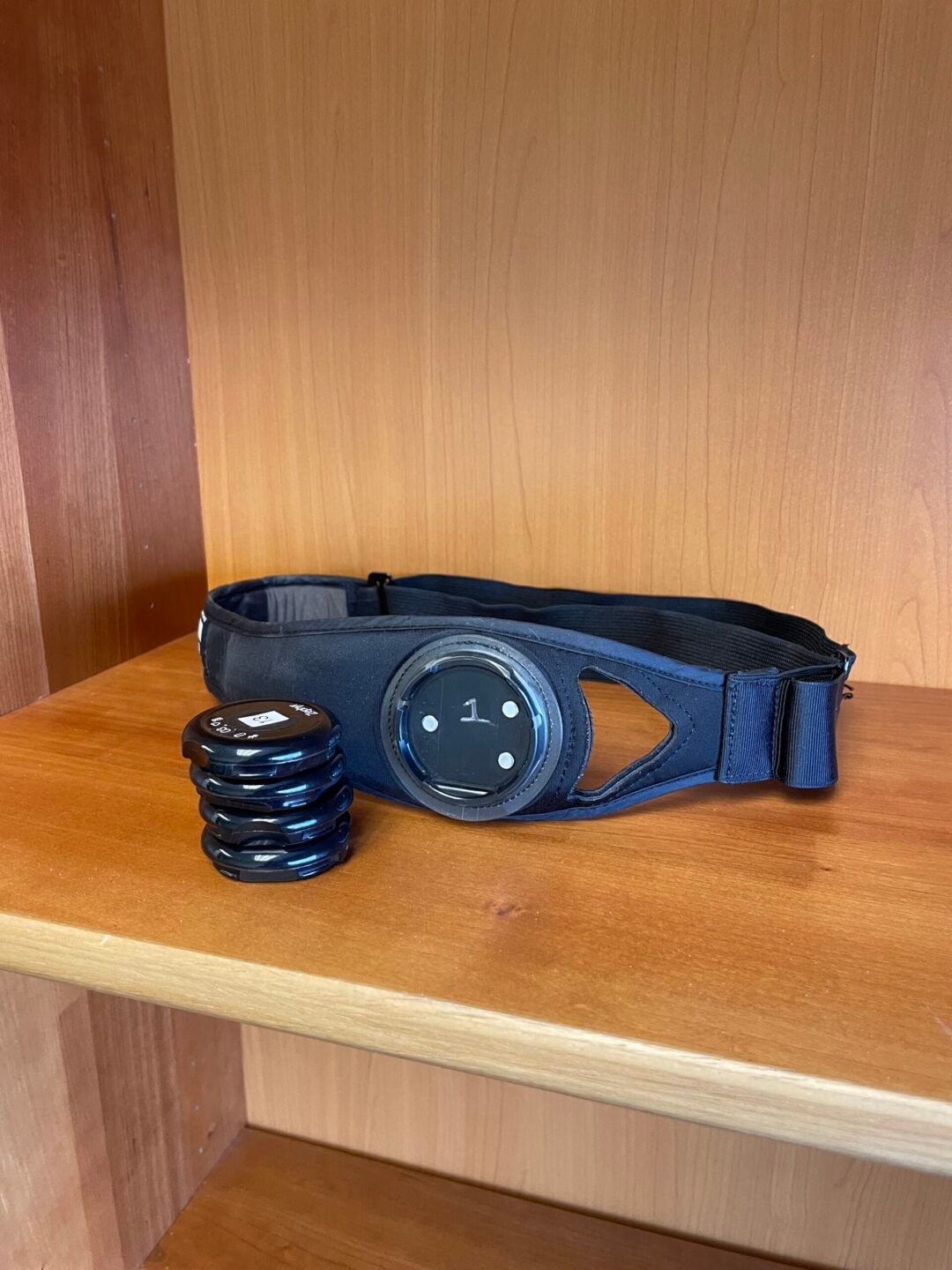
Intoximeter Alco Sensor IV
Collects breath alcohol concentration.
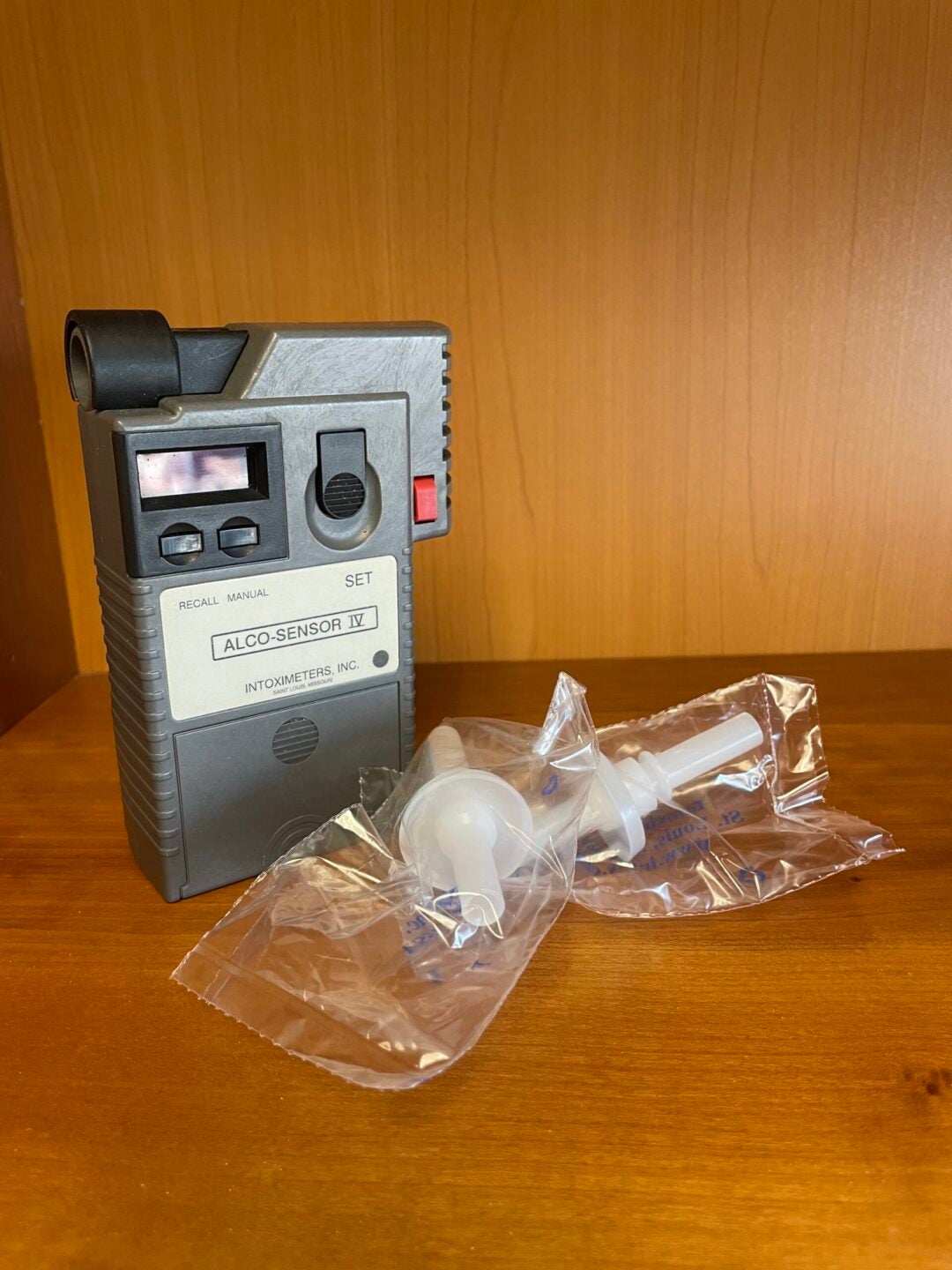
Omron Blood Pressure Monitor
Records blood pressure.
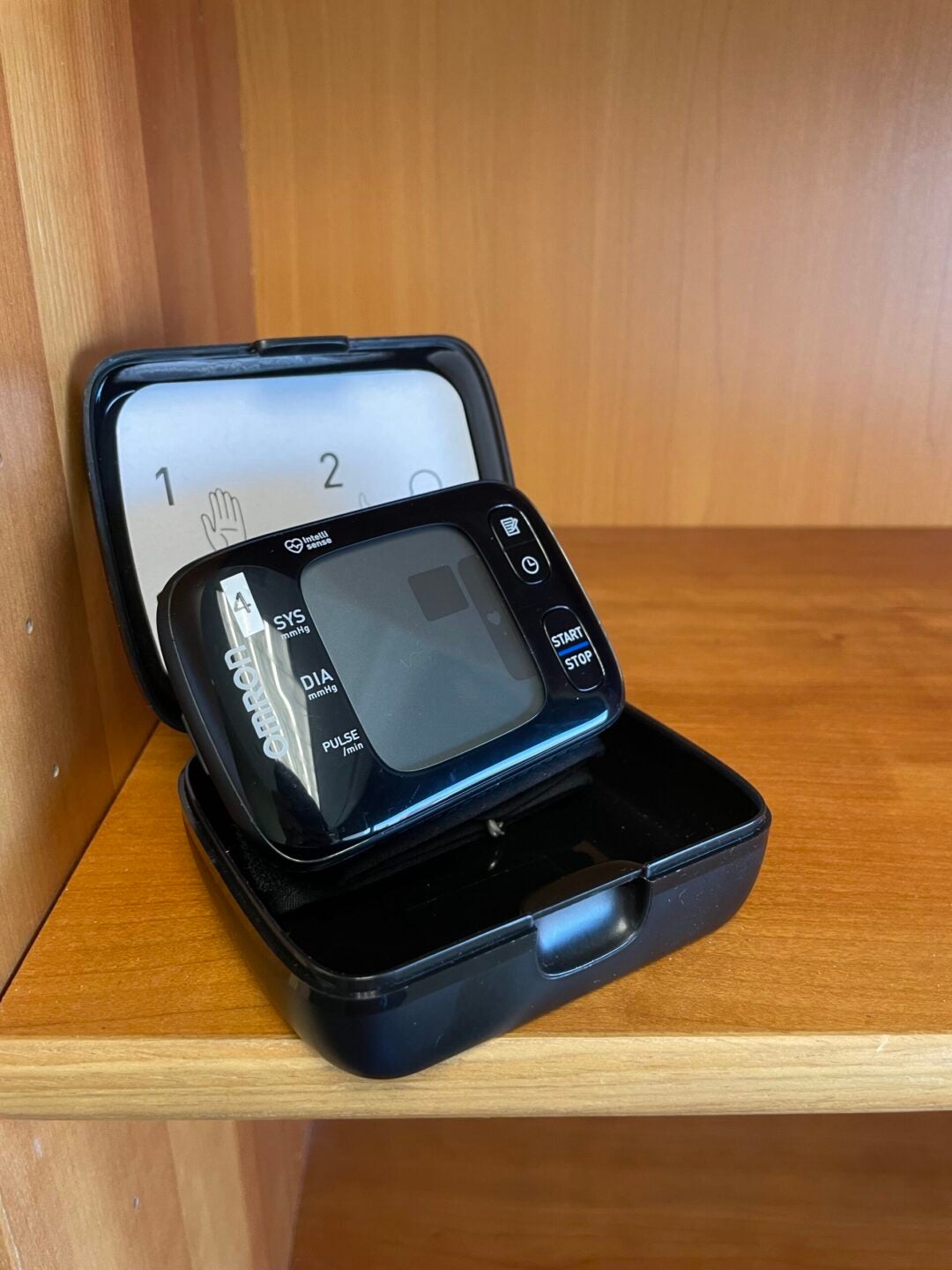
Selected Research Papers (student/trainee denoted with *)
- Alcohol-focused Research Papers
- Math/Applied Math/Engineering-focused Research Papers
Contact Details
Susan E. Luczak Ph.D.
Dornsife College of Letters, Arts, and Sciences
Department of Psychology
3620 McClintock Ave.
SGM 501
Los Angeles, CA 90089
